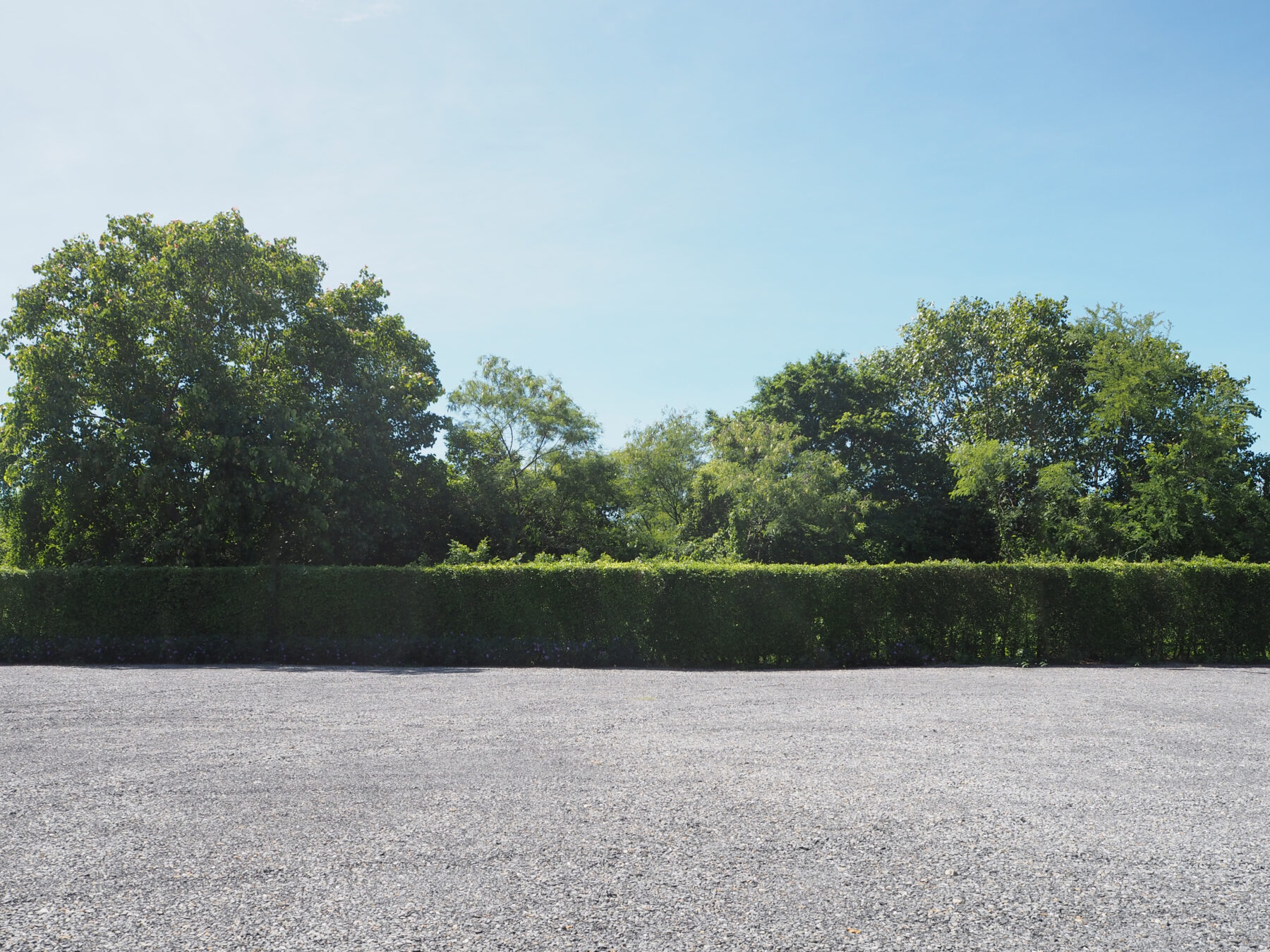Large Scale Gravel Lot Planning: Drainage and Foundation Basics
February 3, 2025

Large-scale gravel lots require unique planning if they are going to be in compliance with regulatory requirements and maintain quality and functionality. The design covers important elements including drainage, foundation stability, and long-term maintenance to help to reduce problems including structural collapse, erosion, and flooding. While helping to promote sustainability and infrastructure durability, gravel lots serve commercial, agricultural, and recreational uses.
Important Gravel Lot Planning Considerations
A large-scale gravel lot must be developed with thought given to multiple factors to reach its potential. Creating safety for cars and pedestrians means that traffic flow and accessibility is a great first step. With a full traffic study, identifying congested areas and route planning for both entrances and exits is foundational. Following zoning rules and accessibility guidelines, which include pedestrian paths and areas set aside for charging electric cars, also improves utility.
Furthermore, environmental impacts should also be considered in order for crews to help reduce environmental damage. Sustainable methods help control the flow of stormwater and lower the environmental impact through applications like permeable pavement and maintenance of green areas. Early in the planning process, acquiring the required licenses also ensures compliance with municipal and federal laws, preventing possible delays and legal issues.
Gravel Lot Drainage Systems
As a basic component of gravel lot design, drainage helps to avoid water buildup that can cause structure damage and erosion. Surface and subterranean systems cover two such applications.
Grading the land also helps surface drainage in directing water into channels, swales, or ditches. This technique guards the integrity of the gravel surface and essentially stops water from pooling.
By moving water away from important areas, subsurface drainage, like French drains and perforated pipe systems, area also great ways to address groundwater management. In places with high water tables or compacted soil conditions, this method is especially useful for long-term stability and avoiding soil saturation that can endanger the foundation.
To control runoff, commercial gravel lots are candidates for sophisticated stormwater management systems that include retention basins and catch basins. However, these systems can only stay operational and compliant with environmental rules if there are regular inspections and routine maintenance.
Foundation Basics and Stability
Supporting structures and large loads, while preserving stability over time, gravel lot installations are certainly relevant. Whether a shallow or deep foundation is needed, load needs and soil conditions will dictate the application type here.
For lightweight structures under ideal soil conditions, shallow foundations that include slab and continuous footings, are appropriate. These foundations spread the weight across a large area, reducing settlement issues, offering a reasonably priced option.
When soil conditions are less stable or when heavy loads require more support, deep foundations in the form of pile and drilled shaft systems can be used. By moving the weight to deeper, more stable soil layers, these foundations put an end to movement or settling.
Foundations that last also need the right materials. The right size distribution of gravel aggregates and their compaction properties help to provide load-bearing capability and environmental impact resistance. Adequate drainage around the foundation also helps avoid problems connected to moisture that can impair structural integrity.
Maintenance Techniques
The extended lifespan of a gravel lot, and to prevent expensive repairs, are heavily reliant on regular maintenance. Frequent inspections will reveal signs of wear, which include uneven surfaces, erosion, and poor drainage. Addressing these problems can help to stop further decline and preserve a safe, useful gravel lot.
Periodically balancing and replenishing the gravel surface also helps preserve its structural integrity and drainage performance. Due to traffic and weather, gravel may get compacted or displaced over time, which makes resurfacing or regrading necessary.
Selecting premium materials like angular gravel, for example, that locks into place with greater precision, lowers displacement and improves stability. Creating a maintenance plan grounded in traffic volume and environmental conditions safeguards proactive maintenance and long-term cost reductions.
Overcoming Typical Challenges
Large-scale gravel lot development presents some difficulties as well. Soil variety, drainage complexity, and environmental issues, can present over time. Consequently, before construction, soil research will be able to pinpoint possible hazards and customize foundation designs to fit the particular circumstances at the site.
As is the case with many soil related projects, appropriate drainage solutions help to reduce water-related problems by reducing erosion and soil instability. Involving seasoned experts in the planning and maintenance stages keeps possible hazards at bay, assuming they are dealt with early.
Large-scale gravel lot design can be durable, environmentally sustainable, and affordable by focusing on these basic concepts. Investing in the right design, drainage systems, and routine maintenance is going to provide strong and dependable infrastructure for years to come.

